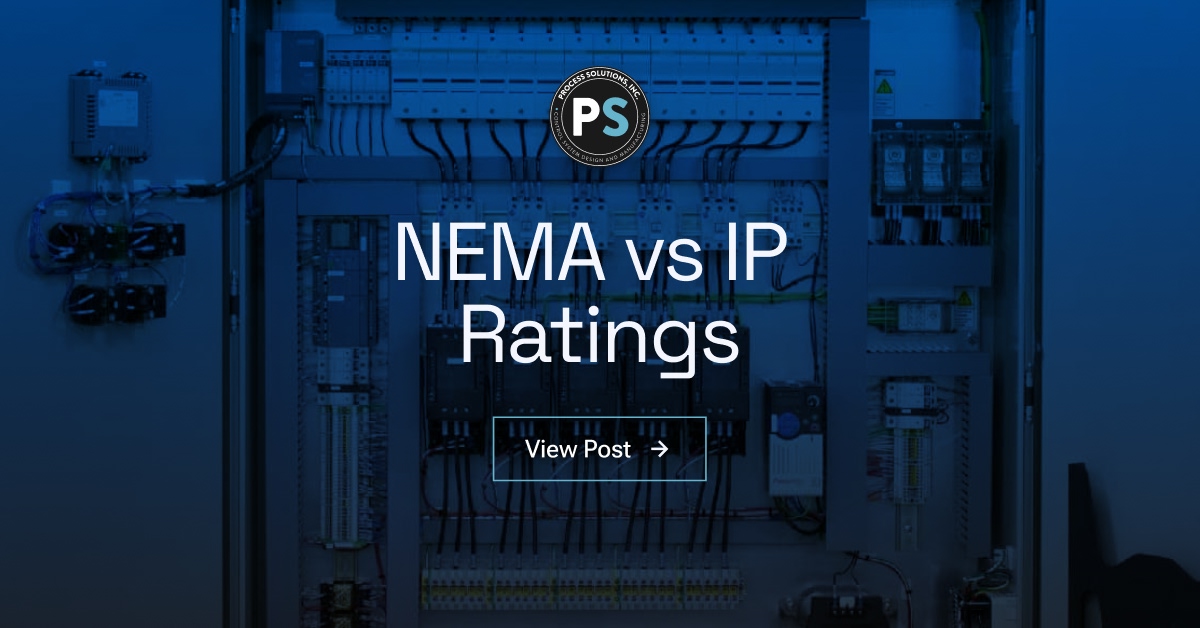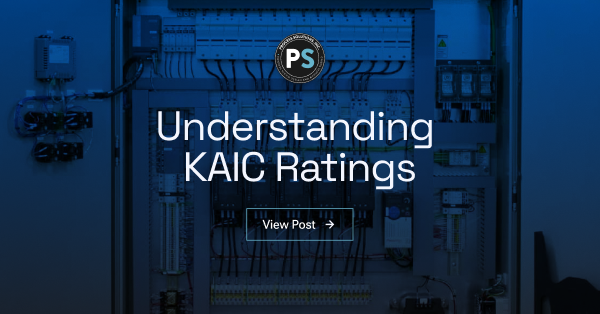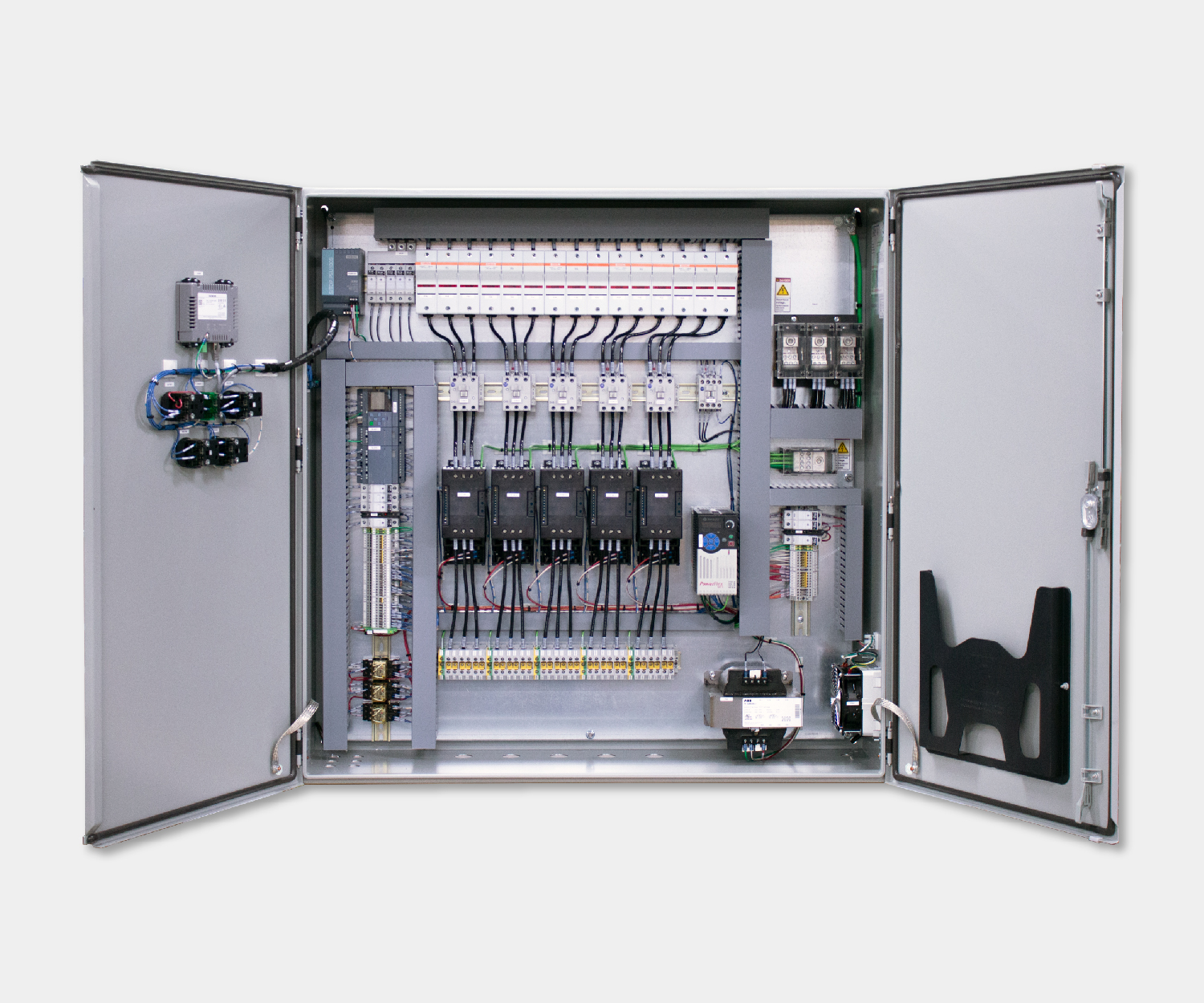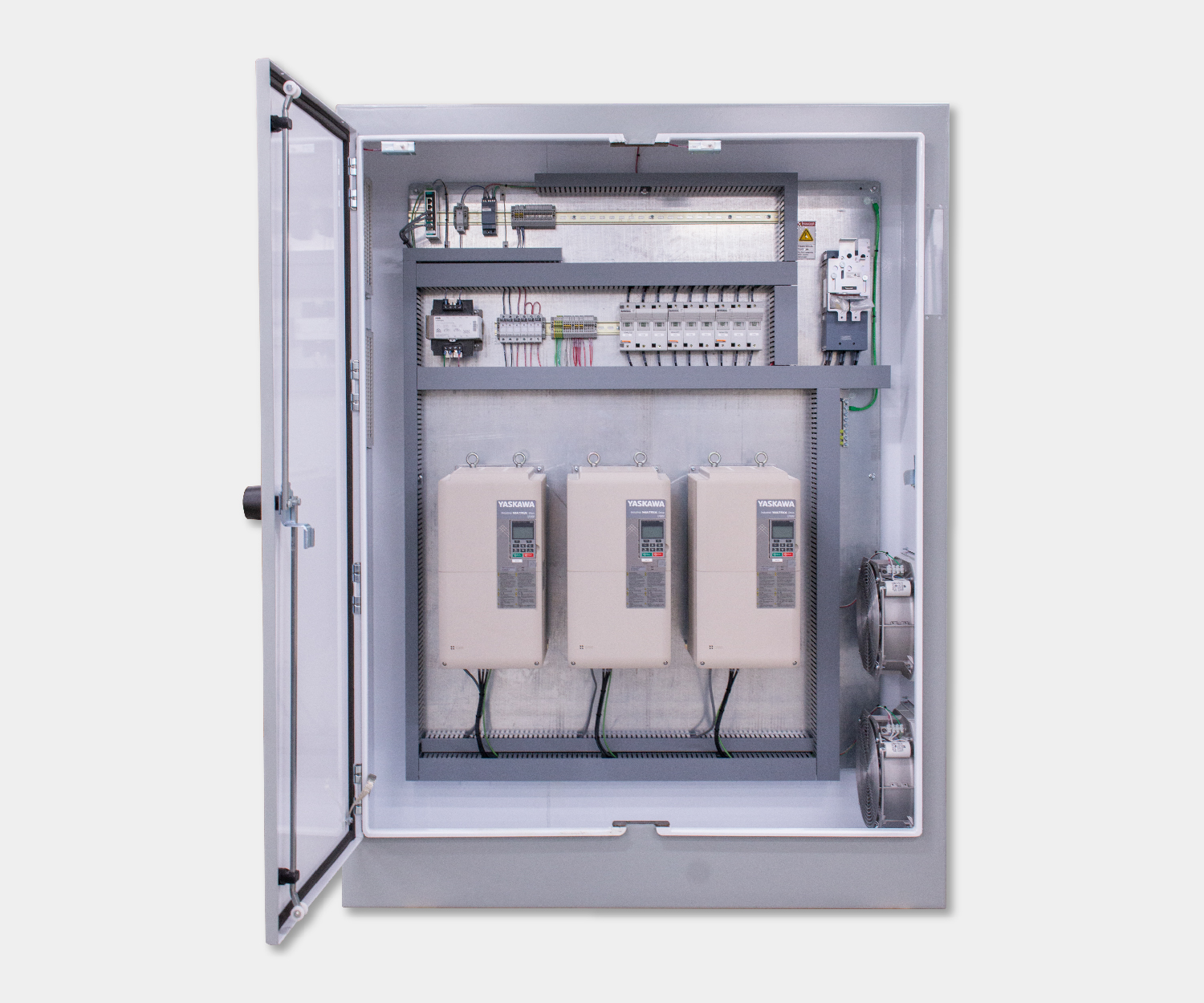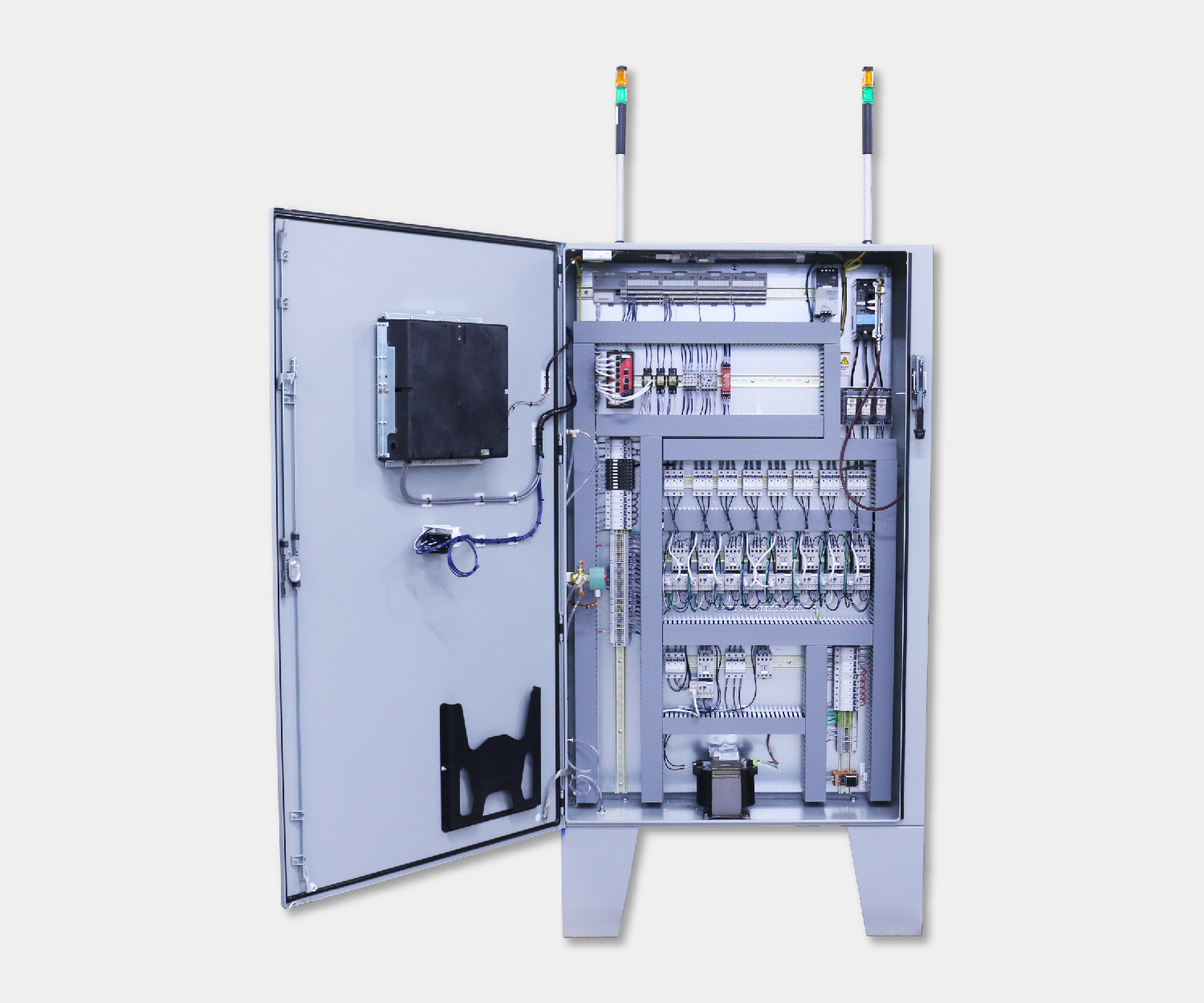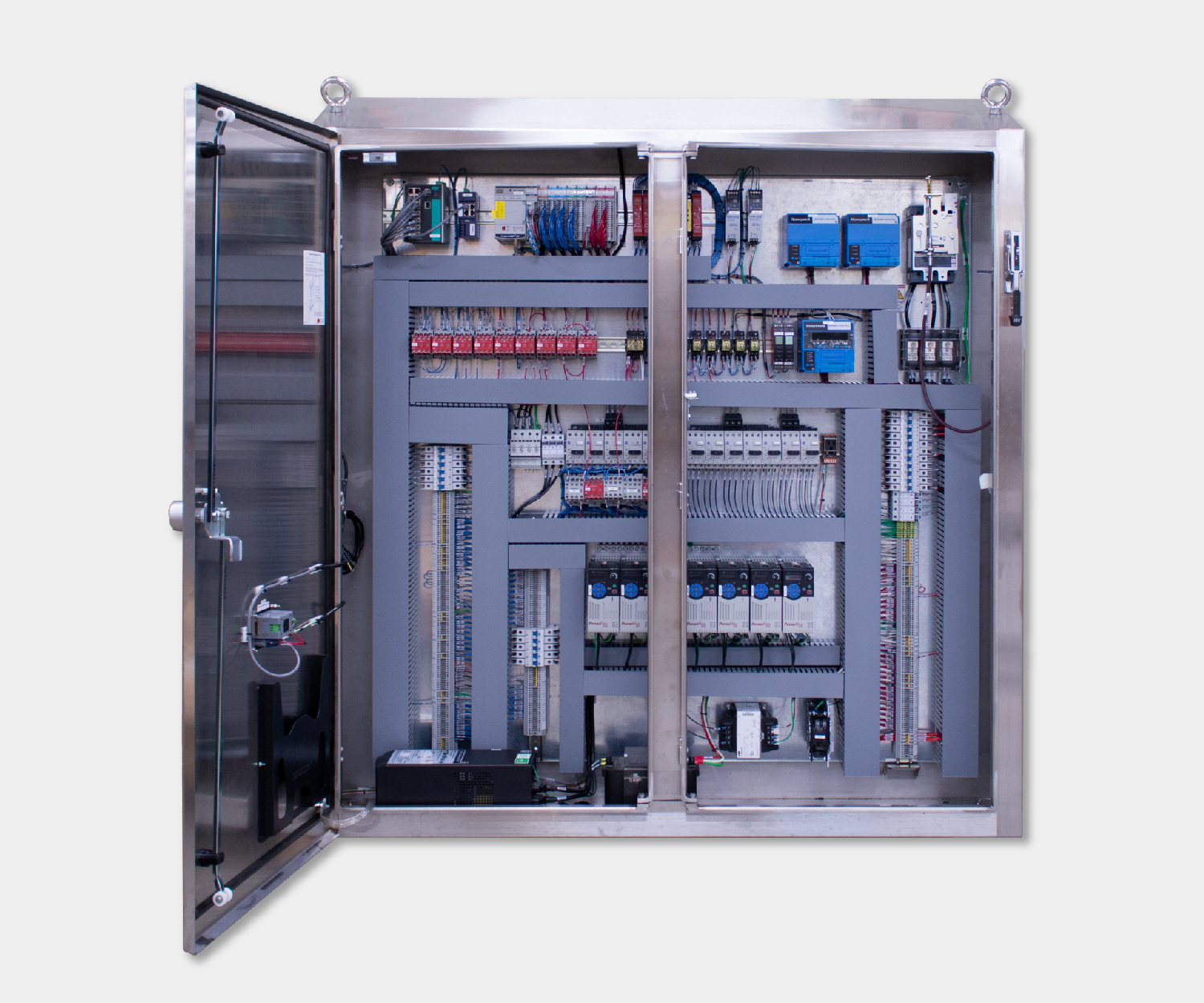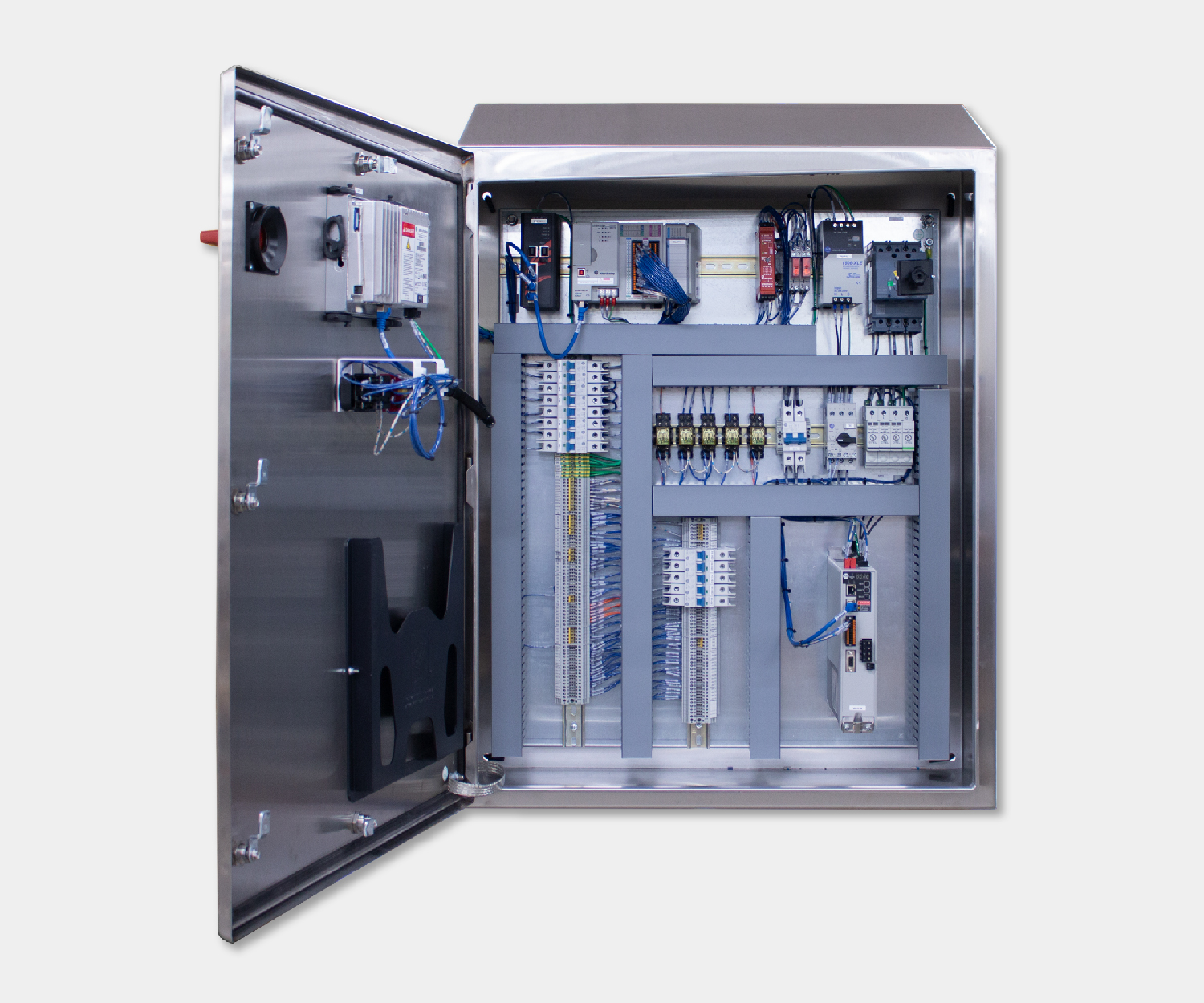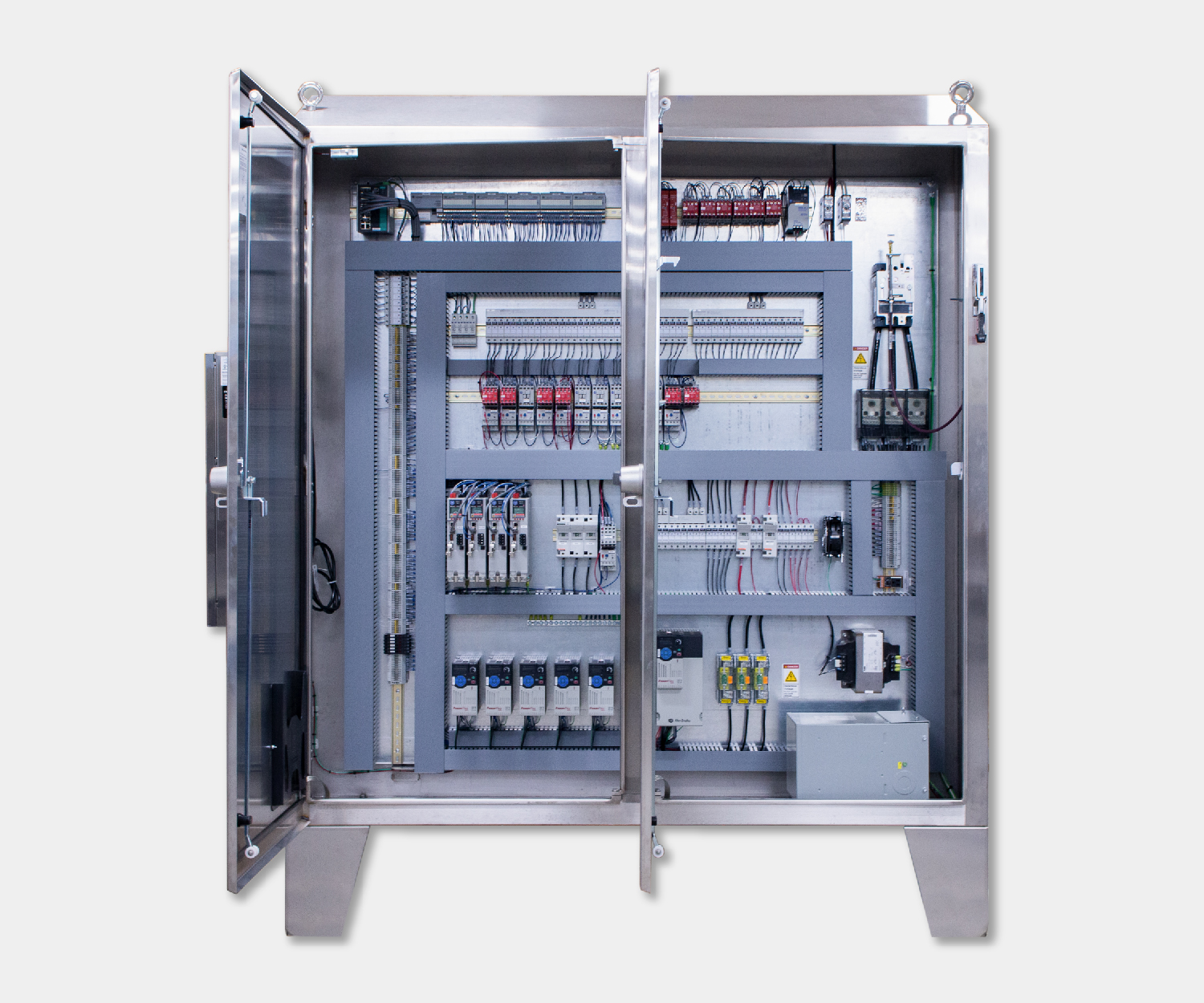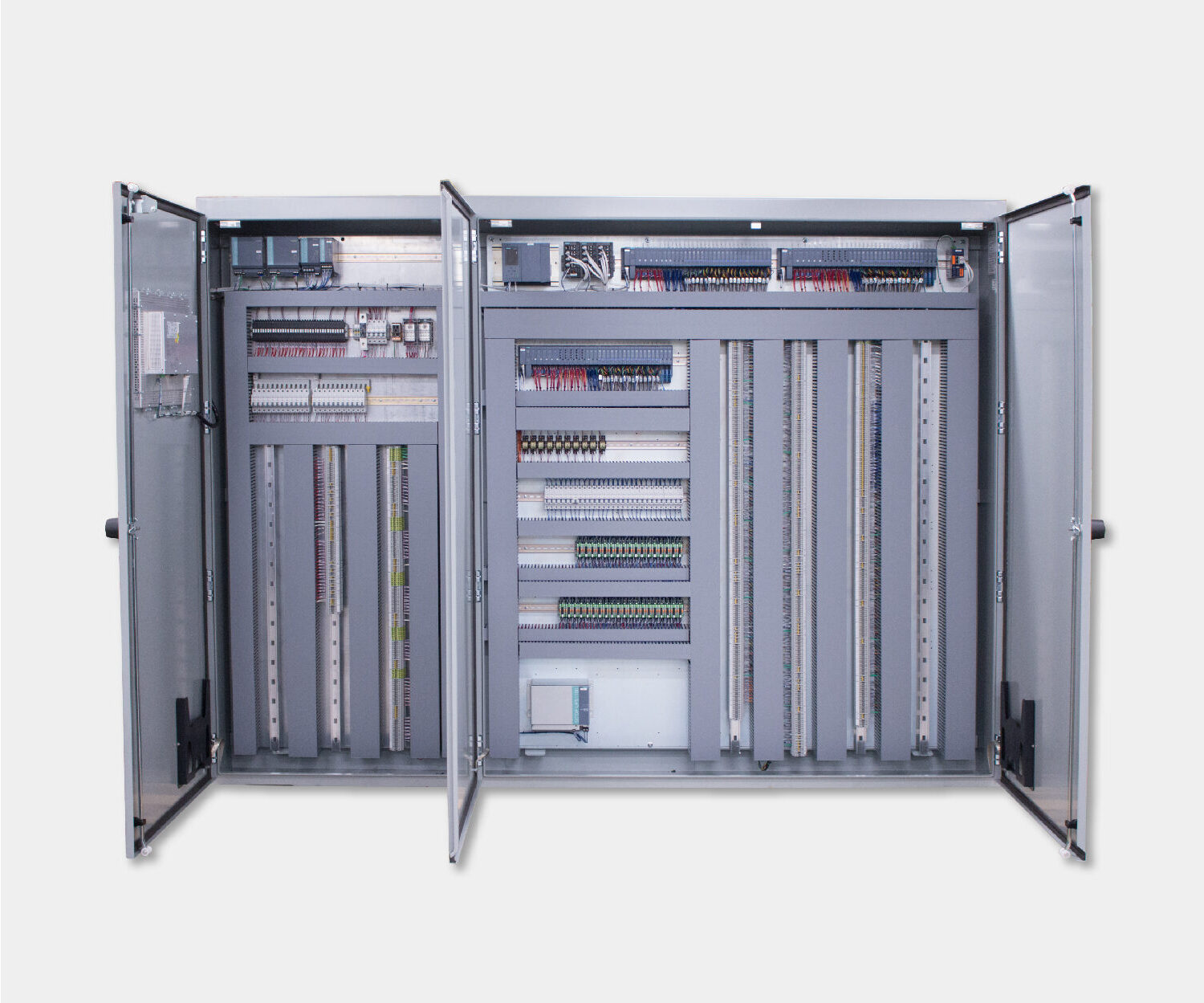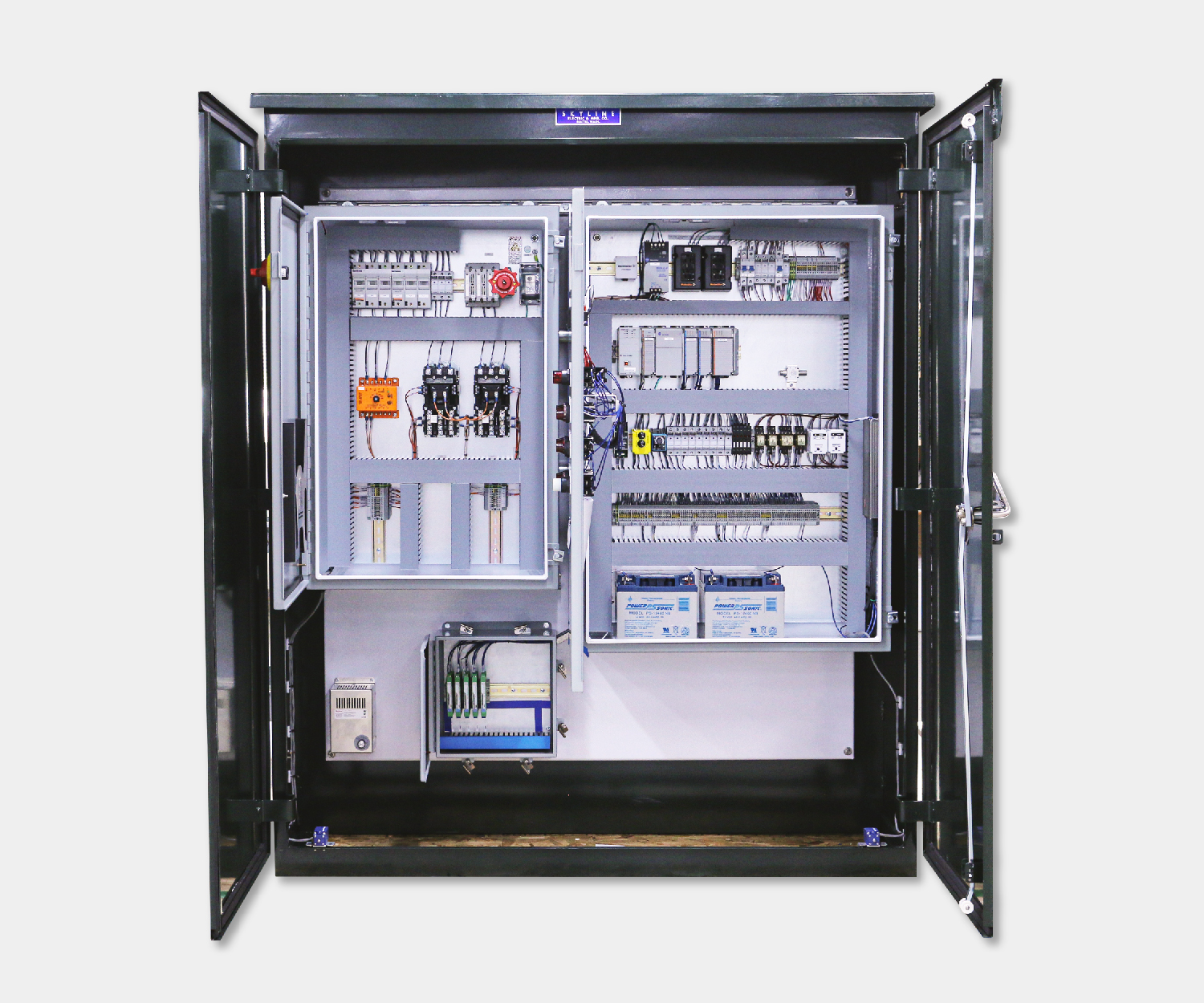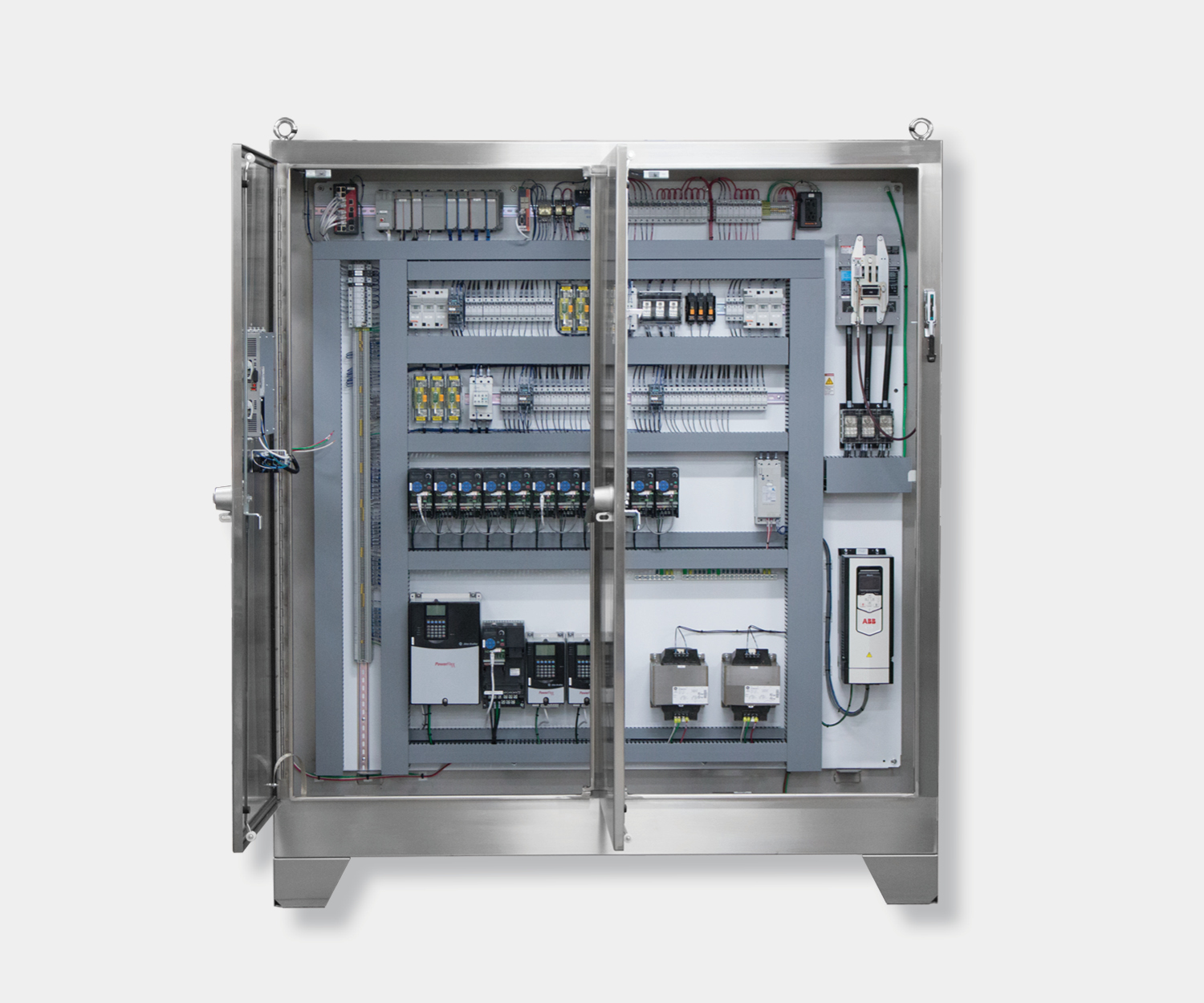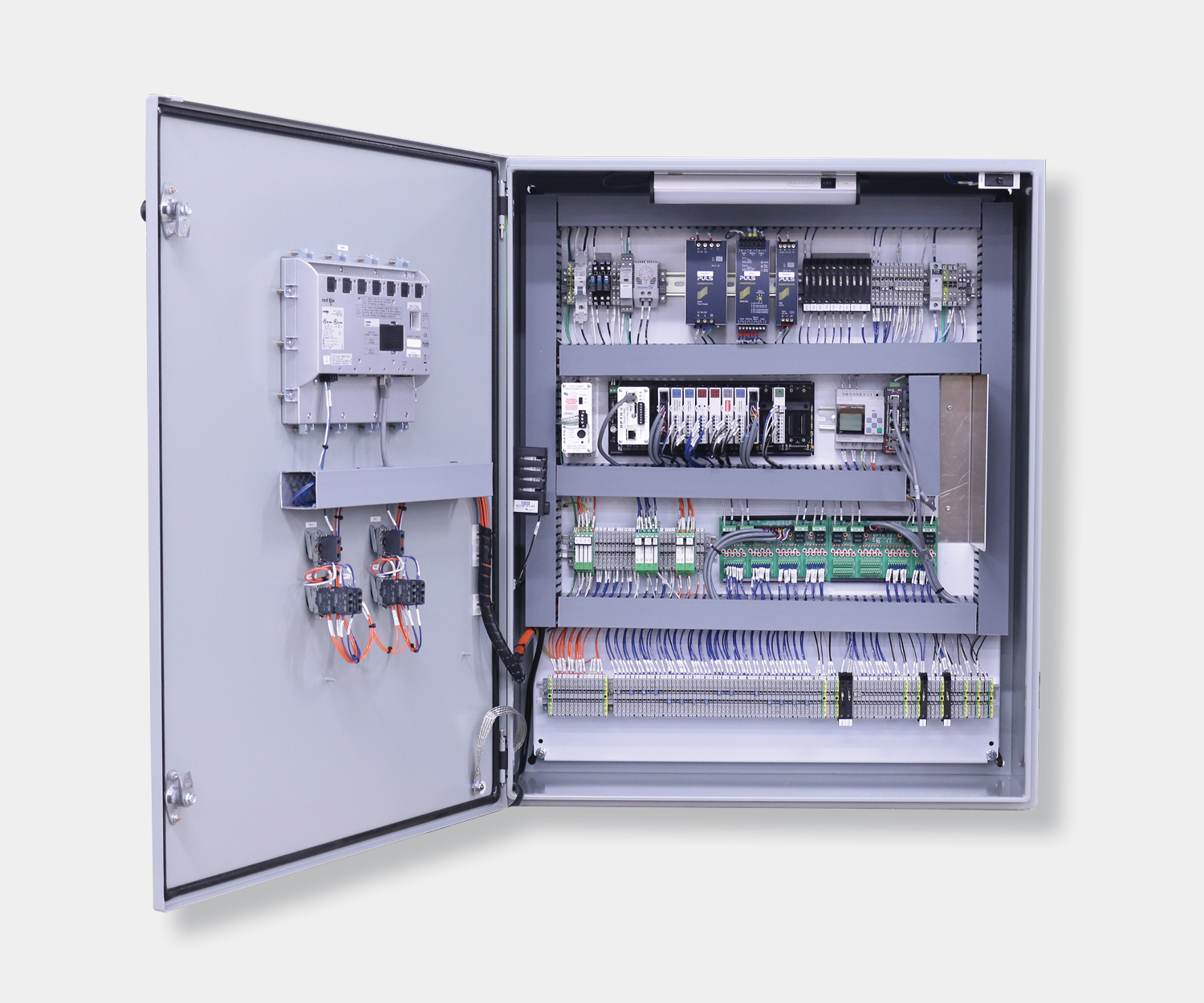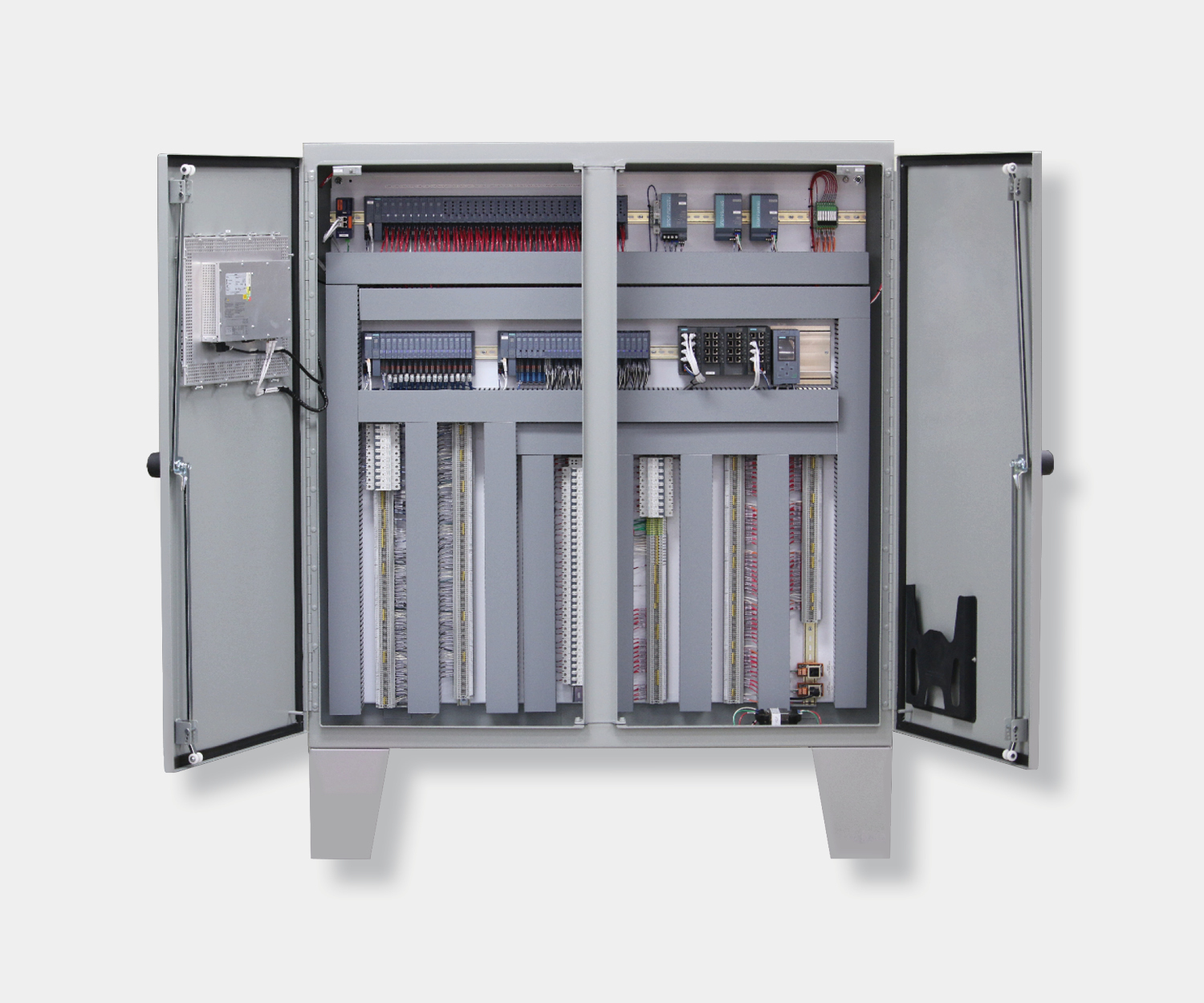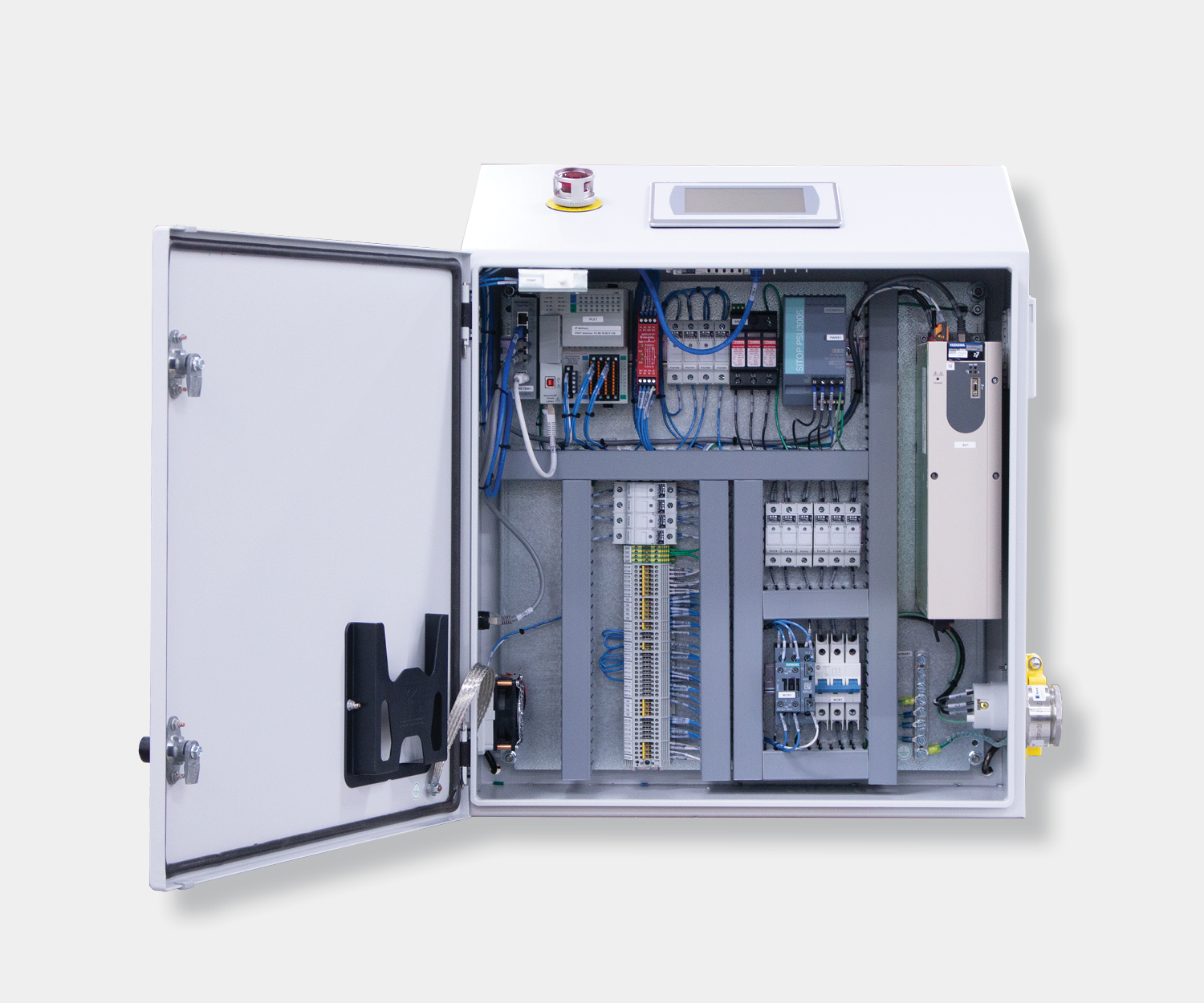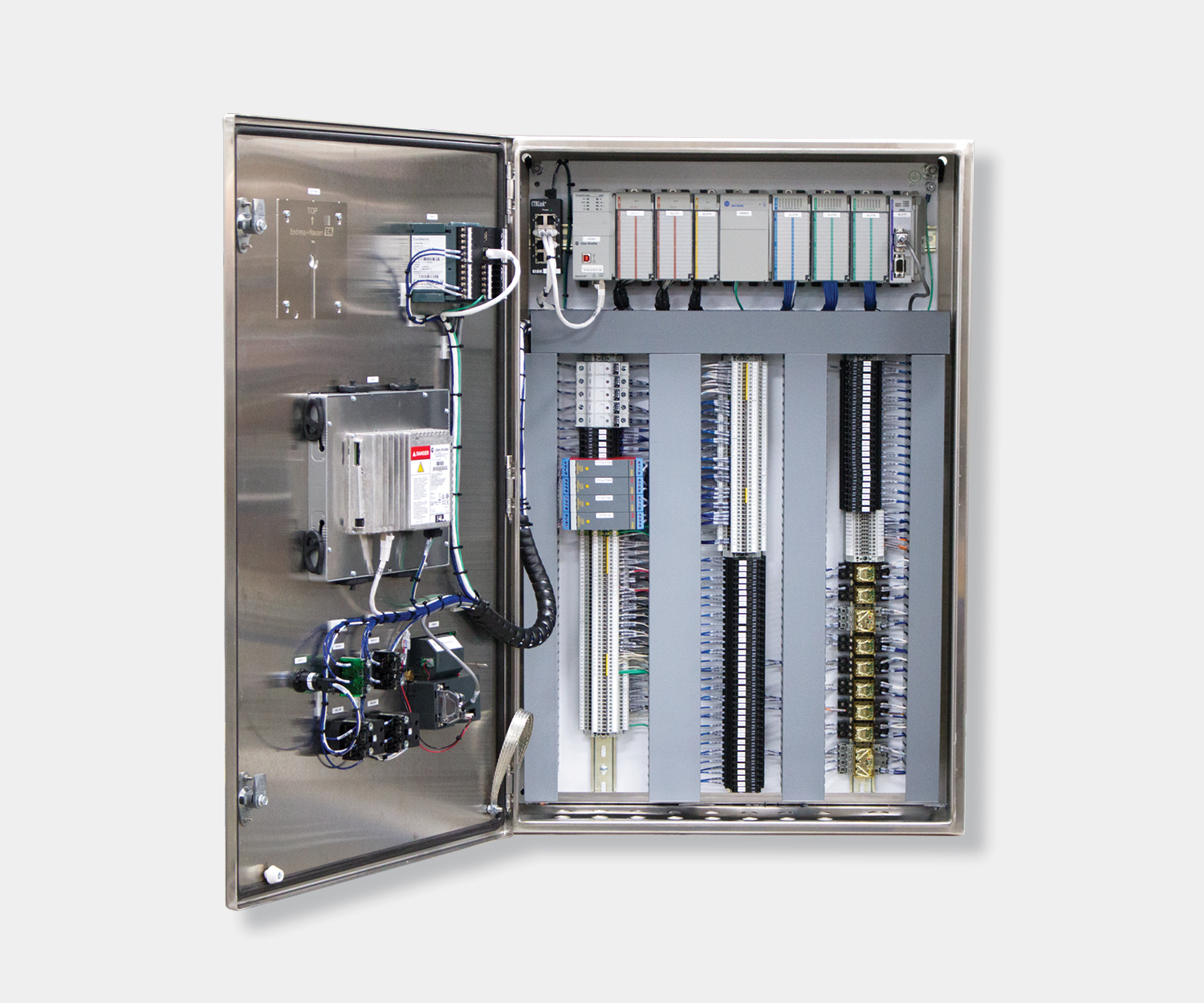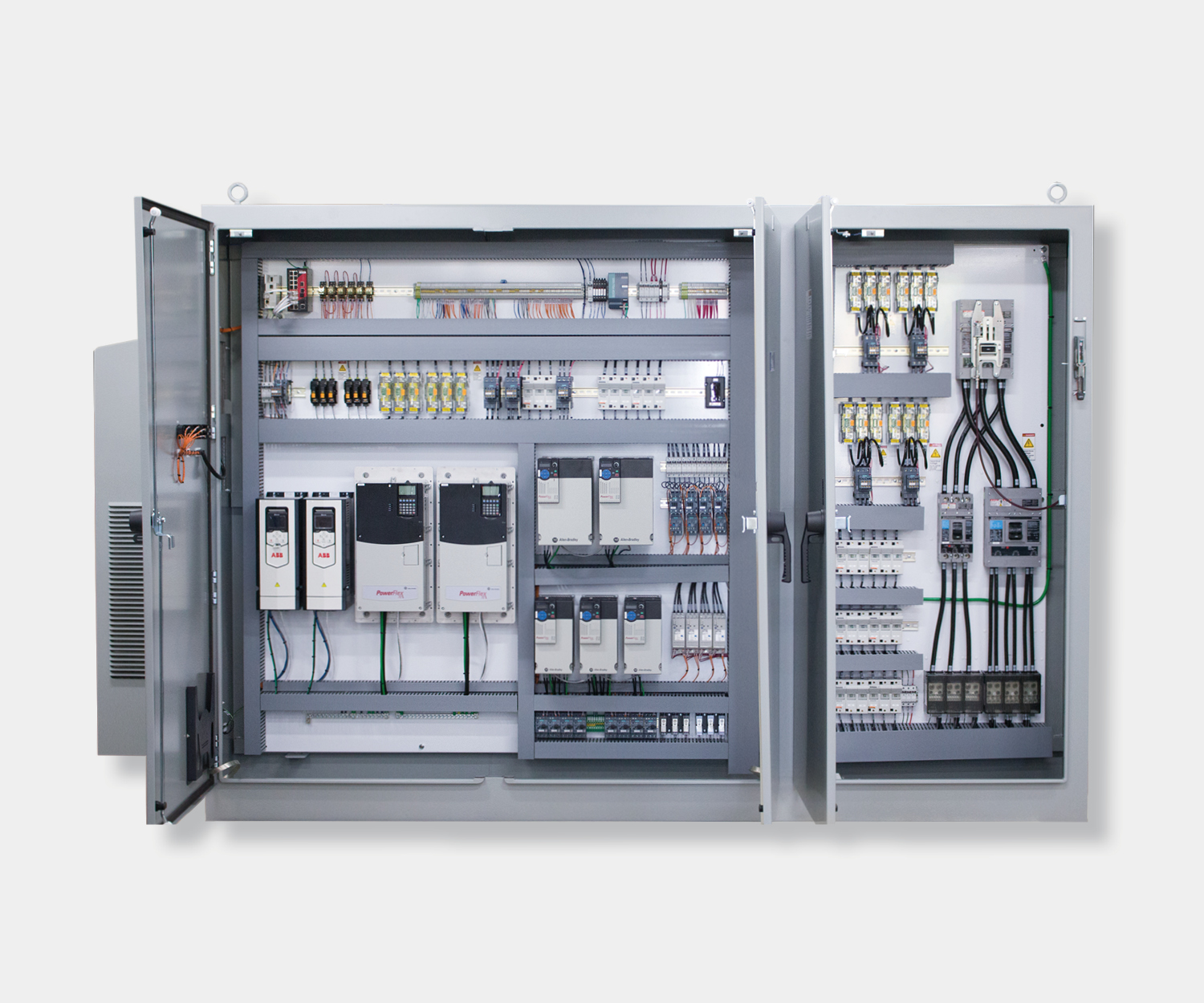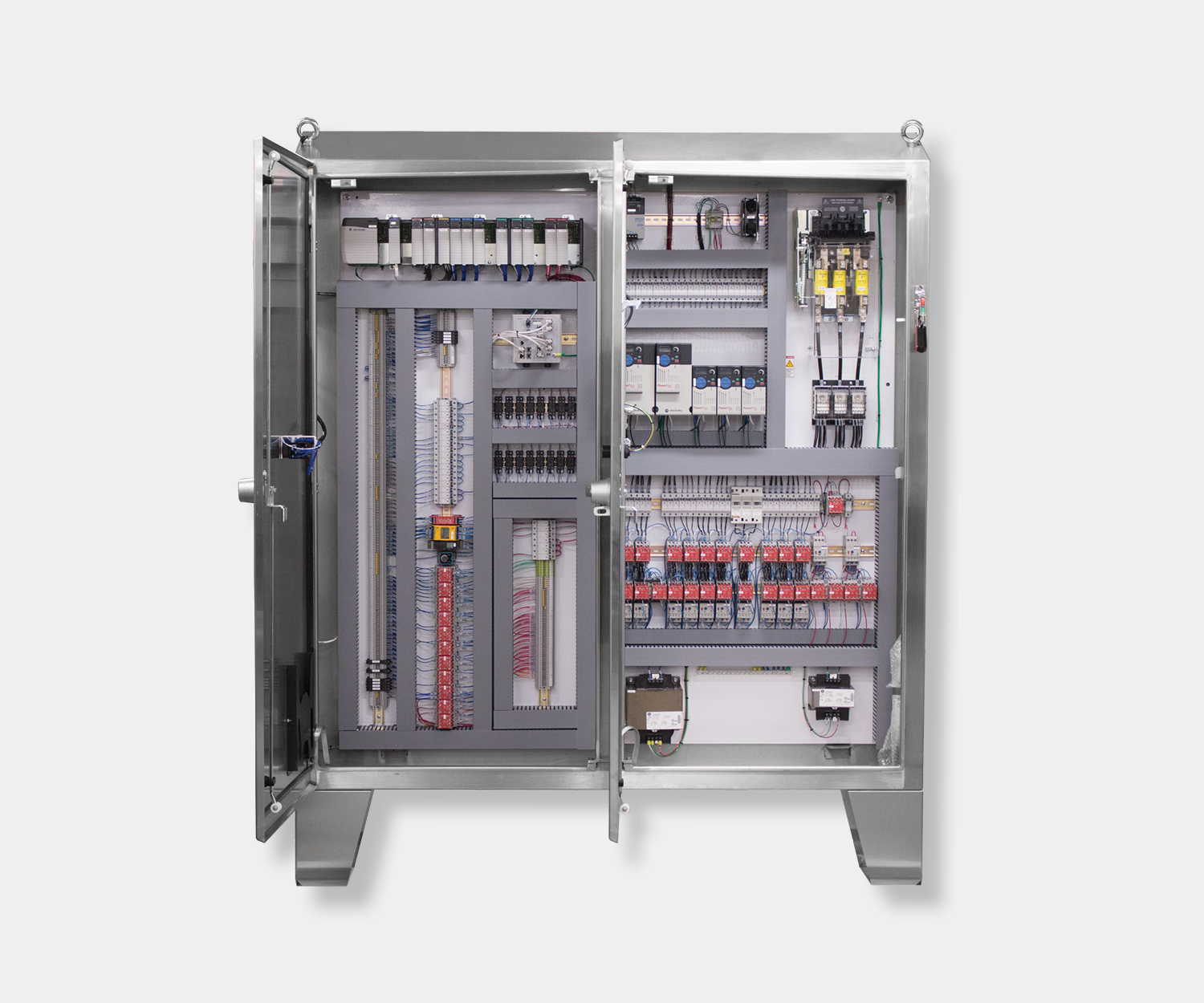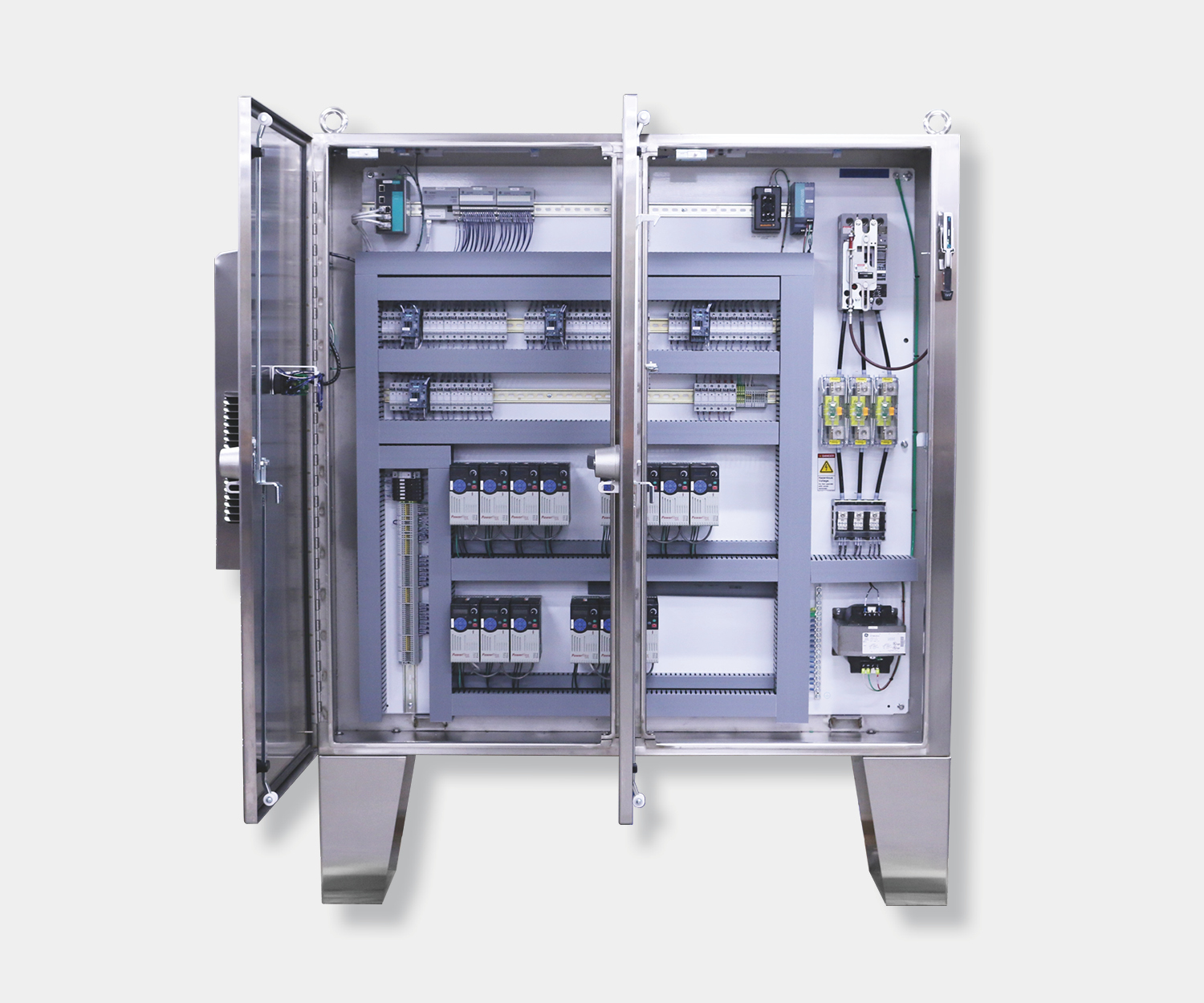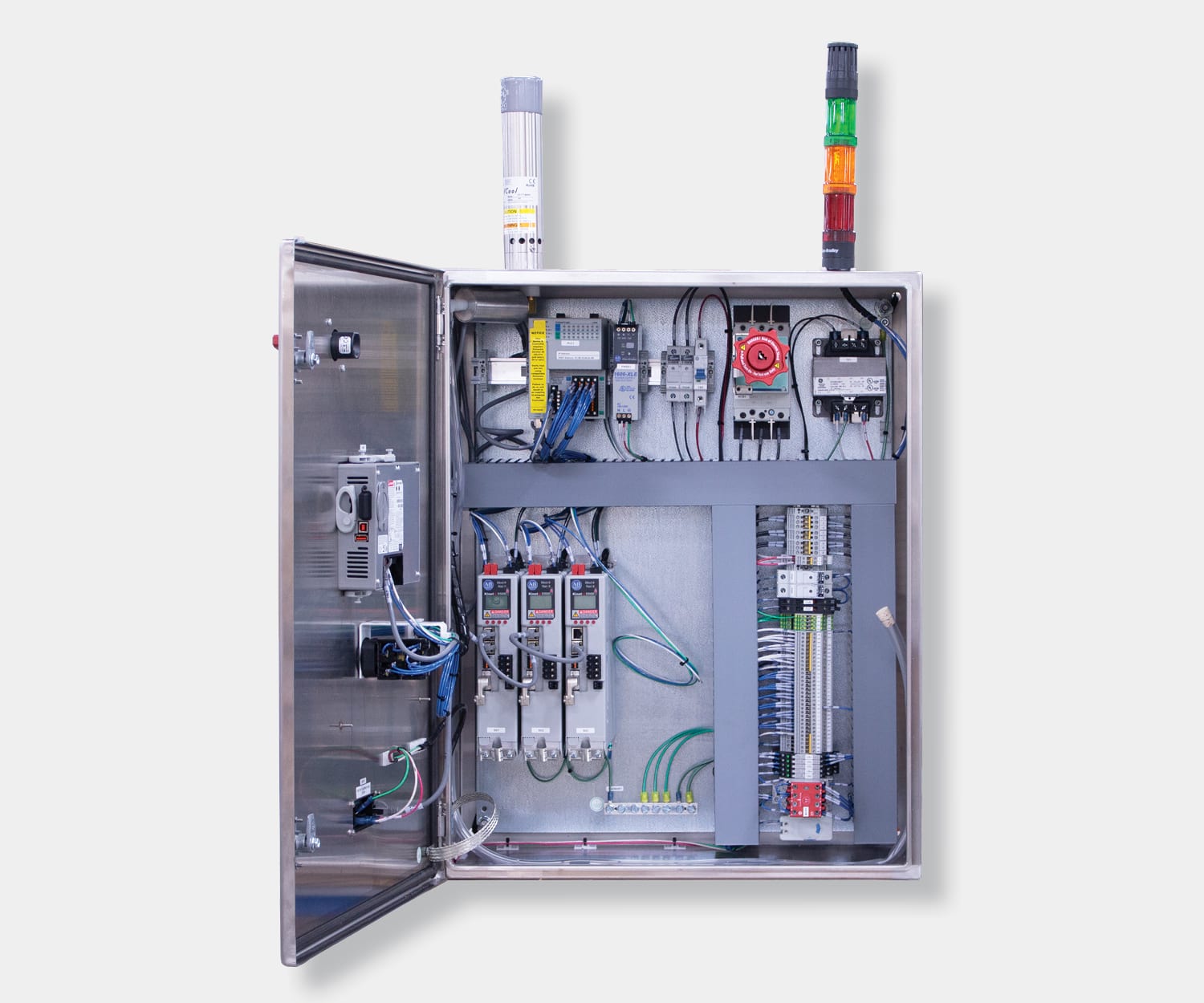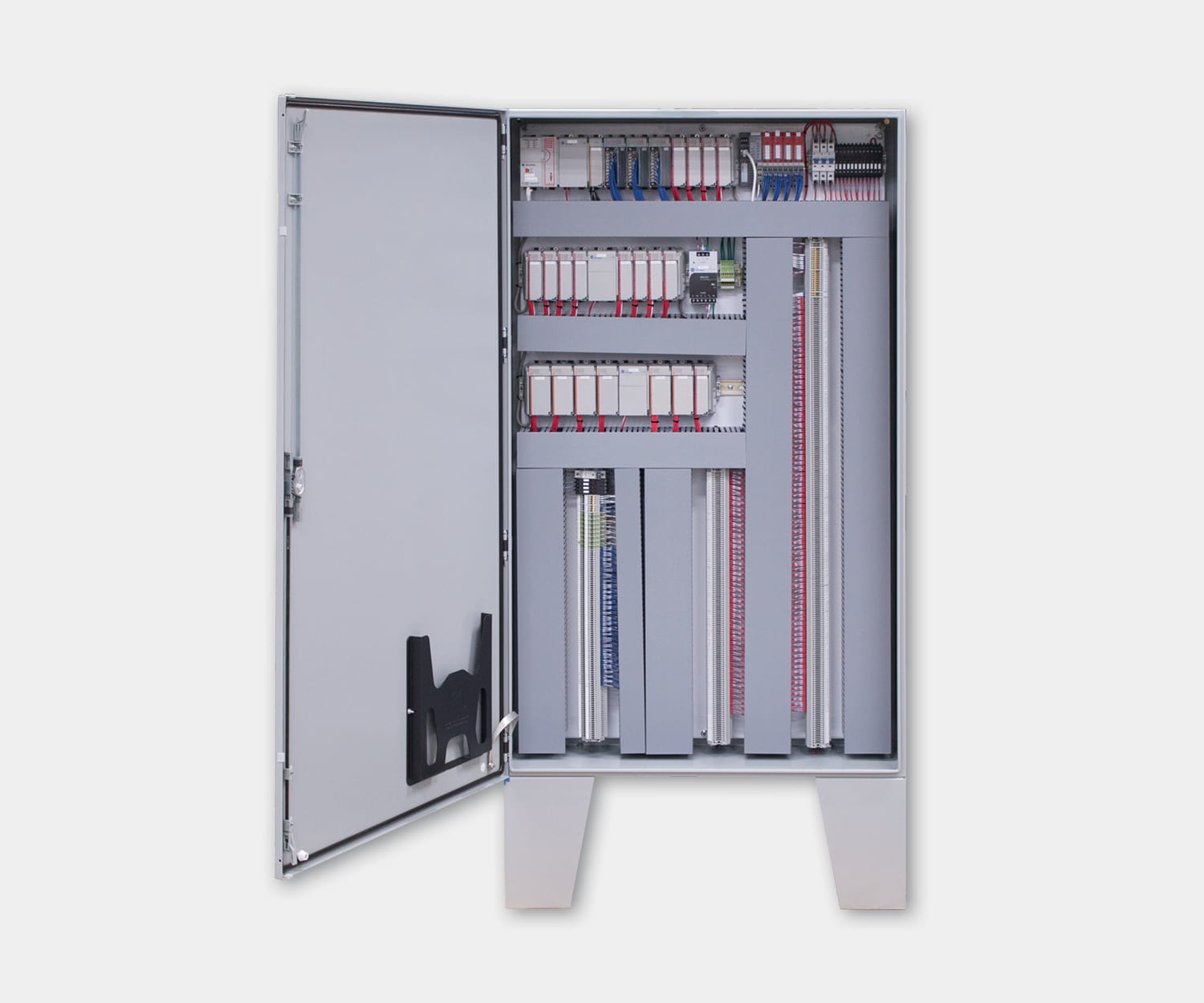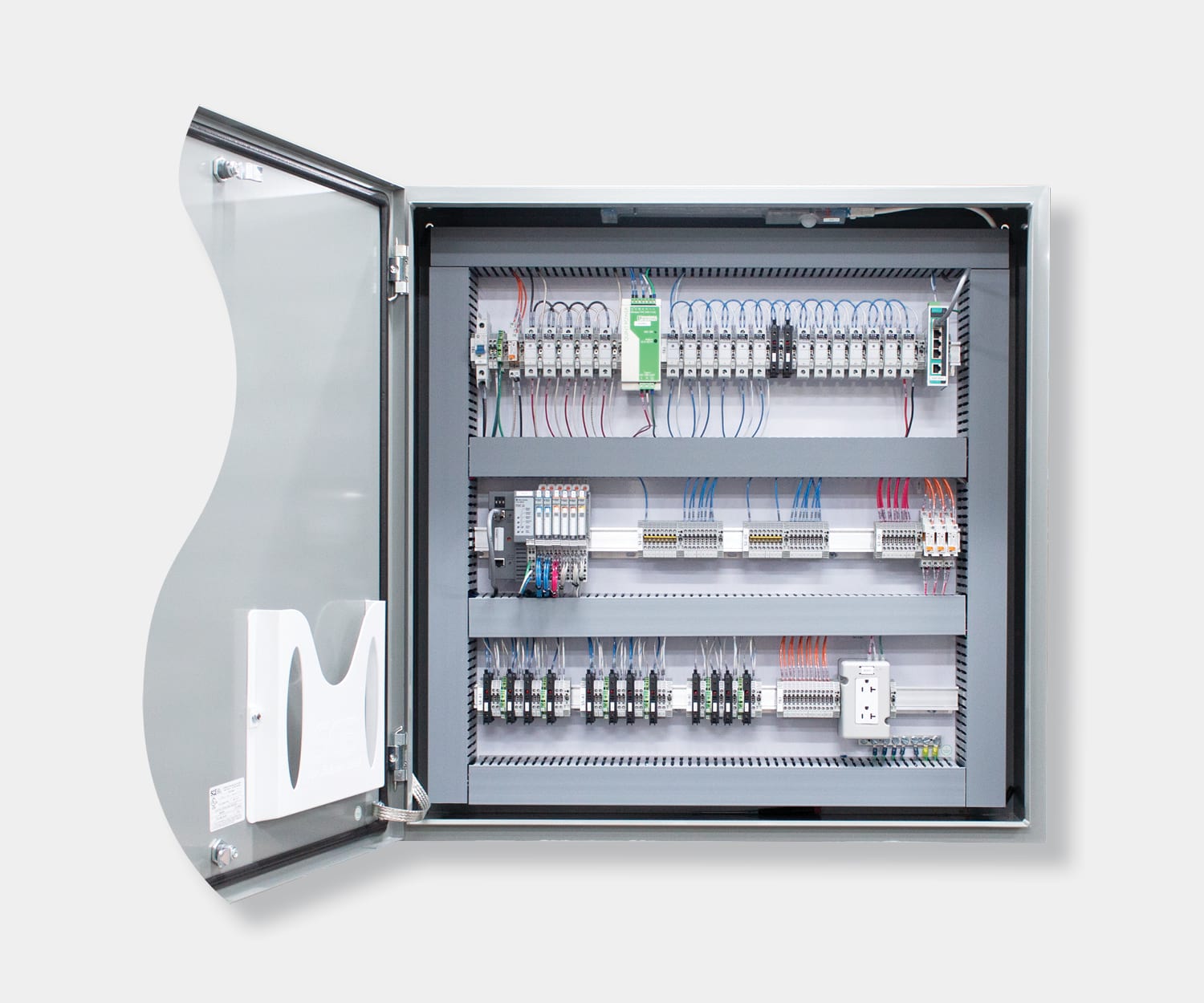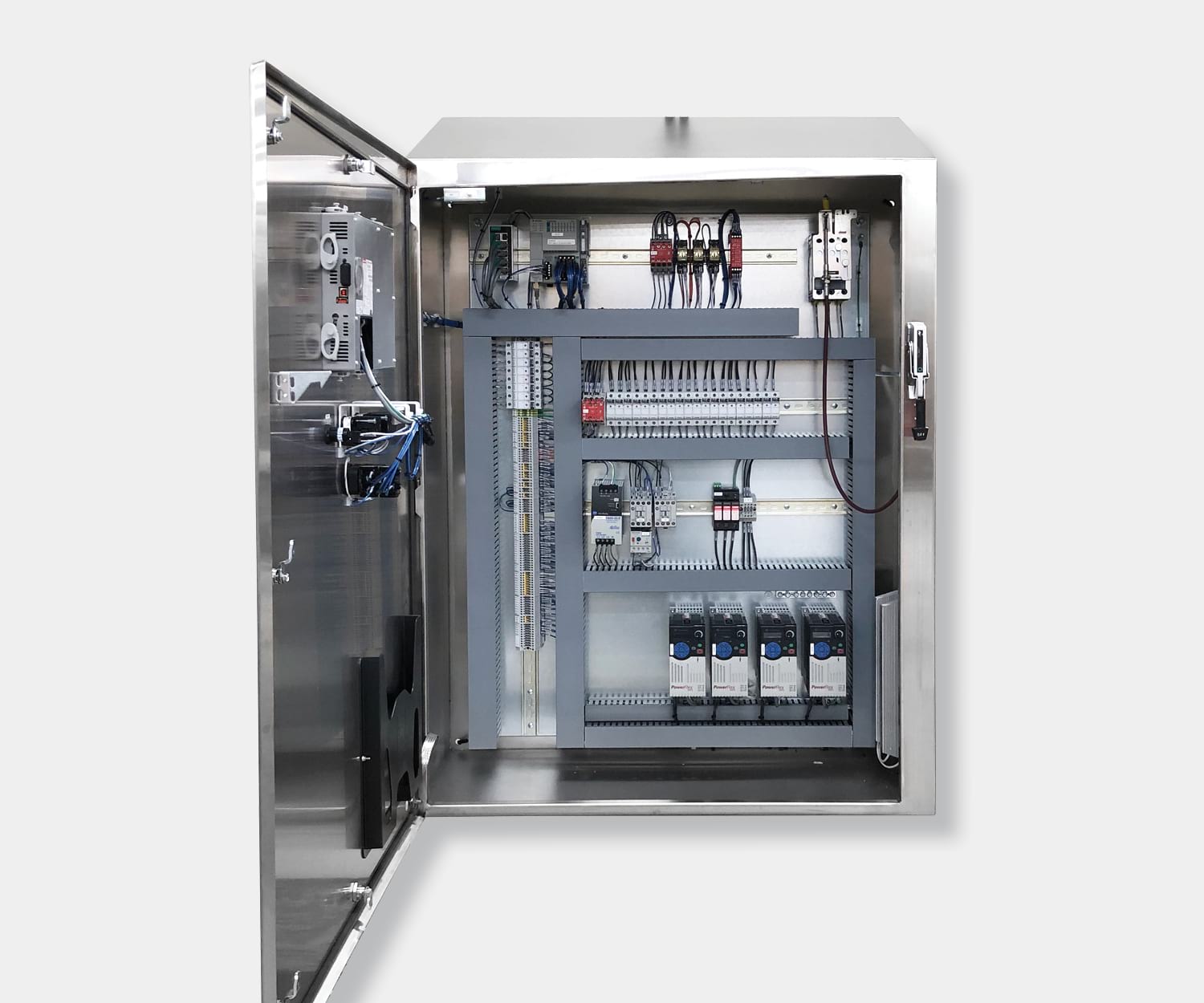Programmable logic controllers have fundamentally transformed industrial automation over the past six decades. What began as a solution to replace cumbersome relay banks has evolved into sophisticated industrial computers that enable smart manufacturing, enterprise integration, and predictive analytics. This evolution represents one of the most significant technological progressions in industrial control systems, with each decade bringing capabilities that were previously unimaginable.
Understanding this evolution provides crucial context for modern industrial decision-making. The journey from simple relay replacement to intelligent control hubs reveals not just technological advancement, but the continuous expansion of what’s possible in industrial automation and control systems.
1960s-1970s: Basic Control Capabilities
PLCs emerged as programmable alternatives to hardwired relay systems, introducing ladder logic programming and memory retention capabilities that revolutionized industrial control.
The story of programmable logic controllers begins in 1968 with a fundamental problem: manufacturing facilities were drowning in complexity. Large banks of hardwired relays and timers controlled individual machines, creating massive control panels that consumed enormous amounts of space. Each relay had to be wired in precise sequences, and a single relay failure could shut down entire production lines. Troubleshooting these systems often required hours of systematic checking, while implementing changes meant rewiring entire control circuits.
The first PLCs solved these problems by replacing relay banks with programmable devices that retained the familiar ladder logic programming approach. Early PLC manufacturers understood that adoption required maintaining the logical framework that electricians and engineers already knew. These pioneering systems focused on discrete I/O control, managing the on/off states of sensors, switches, motors, and other industrial devices.
Basic control capabilities during this era included simple timers and counters that could be programmed rather than hardwired. Memory retention during power outages became a critical feature, ensuring that control programs remained intact even when electrical disruptions occurred. Environmental hardening allowed these systems to operate in industrial conditions where dirt, moisture, electromagnetic interference, and vibration were constant challenges.
The programming process during this period was notably different from today’s methods. Logic programs were drawn out on drafting boards before being loaded onto the PLC using numeric keypads. These early systems were large, often suitcase-sized, but they represented a revolutionary leap in control system flexibility and reliability.
1980s: System Integration Capabilities
The introduction of industry standards and third-party programming software transformed PLCs from isolated machine controllers into integrated system components.
The 1980s marked a pivotal decade for PLC technology as the focus shifted from individual machine control to system-wide integration. Inexpensive microprocessors became available, enabling PLC manufacturers to develop graphical programming devices that transformed how these systems were configured and maintained.
The introduction of the IEC 61131-3 Standard for Programmable Controllers established consistency across the industry. This standard defined data types, naming conventions, program flow, and other programming elements that ensured functions and function blocks looked the same regardless of manufacturer. The standard established five PLC-compliant programming languages: Ladder Diagram (LD), Function Block Diagram (FBD), Sequential Function Chart (SFC), Structured Text (ST), and Instruction List (IL).
Third-party programming software emerged to address the high costs and limitations of early programming devices. These packages often cost more than the PLCs themselves and were typically compatible with only a single manufacturer’s controllers. Third-party solutions offered vastly improved documentation and reporting capabilities while working across multiple PLC hardware platforms. This development forced PLC manufacturers to develop their own competing programming packages and, in many cases, acquire the third-party software companies.
Network communication development began during this period, though early implementations were proprietary and limited in scope. The concept of distributed control architectures started taking shape as facilities recognized the benefits of coordinating multiple control systems rather than operating them in isolation.
1990s: Enterprise Integration Evolution
Human-Machine Interfaces evolved from simple digital pushbuttons to comprehensive monitoring systems that connected factory floor operations with business management.
The 1990s brought a fundamental shift in how PLCs connected with broader business operations. Manufacturers began requesting interactive terminals that allowed real-time monitoring of PLC software, eliminating the need for lengthy troubleshooting sessions when problems occurred.
This demand led to the development of Human-Machine Interfaces (HMIs), which initially served as digital replacements for physical pushbuttons. Early HMIs were considered too expensive for applications with fewer than 20 pushbuttons, but continued development and growing demand for machine monitoring drove rapid capability expansion.
HMIs evolved far beyond simple input devices to become comprehensive monitoring systems. They gained the ability to translate machine data recorded by PLCs and display it in formats that were immediately useful for operators and managers. System status indicators, alarm management, cycle time tracking, production counting, and detailed reporting became standard features.
This evolution bridged the gap between factory floor operations and business management systems. Data collection and reporting capabilities enabled real-time monitoring and analytics that provided insights into production efficiency, quality metrics, and operational performance. PLCs began serving as data sources for business decision-making rather than simply controlling individual machines.
The enterprise integration capabilities developed during this decade established PLCs as critical components in the broader industrial ecosystem. Rather than isolated control devices, they became information hubs that connected operational technology with business intelligence systems.
2000s: Advanced Manufacturing Capabilities
PLCs integrated vision systems, motion control, and multi-protocol communication capabilities that enabled sophisticated manufacturing processes and robotics coordination.
The new millennium brought sophisticated manufacturing capabilities that expanded PLCs far beyond their original relay replacement role. Vision system integration became practical, enabling quality inspection, part identification, and process verification directly within the control system architecture. This integration allowed PLCs to make real-time decisions based on visual data, dramatically improving quality control and reducing the need for separate inspection systems.
Motion control integration represented another significant advancement. PLCs gained the ability to coordinate precise positioning and movement control for robotics, automated material handling systems, and complex manufacturing processes. This capability eliminated the need for separate motion controllers in many applications, simplifying system architecture while improving coordination between different types of control functions.
Support for multiple communication protocols became essential as manufacturing facilities incorporated diverse equipment from various manufacturers. PLCs developed the ability to communicate simultaneously across different industrial networks, enabling coordination between legacy systems and modern equipment. This multi-protocol support was crucial for facilities that couldn’t afford complete system replacements but needed to integrate new capabilities.
Process optimization features emerged as PLCs gained sufficient processing power to perform complex calculations and analysis in real-time. Quality control integration allowed immediate response to process variations, while flexible manufacturing support enabled rapid changeovers between different product configurations.
The robotics integration capabilities developed during this period transformed manufacturing flexibility. PLCs could coordinate multiple robots, manage material flow, and optimize production sequences in ways that were previously impossible with hardwired control systems.
2010s-Present: Modern Industrial Ecosystem
Modern PLCs serve as smart factory foundations with ERP/MES integration, IoT connectivity, and advanced analytics that enable Industry 4.0 initiatives.
The current era of PLC technology represents the culmination of decades of capability expansion, with modern systems serving as the foundation for smart factory initiatives and Industry 4.0 implementations. Seamless integration with Enterprise Resource Planning (ERP) and Manufacturing Execution Systems (MES) enables real-time data flow between production operations and business management systems.
Modern PLCs have become integral components of the Industrial Internet of Things (IoT), with connectivity capabilities that extend far beyond the factory floor. Cloud integration allows remote monitoring, predictive analytics, and centralized management of distributed manufacturing operations. This connectivity enables manufacturers to optimize operations across multiple facilities while maintaining local control and real-time response capabilities.
Advanced analytics capabilities transform raw machine data into actionable insights for operational optimization. Modern PLCs can perform complex data processing, trend analysis, and predictive calculations that support maintenance scheduling, energy optimization, and quality improvement initiatives.
Cybersecurity has become a critical consideration as PLCs have gained network connectivity. Modern systems incorporate security features including encrypted communications, access controls, and network segmentation capabilities that protect industrial operations from cyber threats while maintaining operational functionality.
Sustainability and energy management capabilities reflect growing environmental consciousness in industrial operations. PLCs can optimize energy consumption, monitor environmental parameters, and support sustainability reporting requirements that are increasingly important for modern manufacturers.
The maintenance optimization features available in current PLC systems enable predictive maintenance strategies that reduce unplanned downtime while extending equipment life. These capabilities represent a fundamental shift from reactive maintenance to proactive system management.
Future Trajectory
The next phase of PLC evolution focuses on embedded intelligence and autonomous optimization capabilities. Edge computing integration allows PLCs to process complex algorithms locally while maintaining the real-time control performance that industrial operations require. This capability enables sophisticated analysis and decision-making without the latency concerns associated with cloud-based processing.
Artificial intelligence and machine learning capabilities are being integrated directly into PLC architectures, enabling predictive maintenance, autonomous optimization, and adaptive control strategies. These technologies allow PLCs to learn from operational patterns and automatically adjust control parameters to optimize performance, quality, and efficiency.
The convergence of operational technology and information technology continues to accelerate, with PLCs serving as the bridge between physical processes and digital systems. Future developments will likely focus on making this integration more seamless while maintaining the reliability and deterministic behavior that industrial operations require.
Standards development and interoperability improvements will continue to address the complexity of modern multi-vendor industrial environments. The goal is to create plug-and-play compatibility across different manufacturers and system types while preserving the specialized capabilities that different applications require.
Frequently Asked Questions
Q: What is the main difference between legacy PLCs and modern PLCs?
Legacy PLCs focused primarily on replacing hardwired relay logic with programmable control, while modern PLCs are sophisticated industrial computers with enterprise integration and IoT connectivity capabilities.
Q: How do PLCs integrate with other industrial systems today?
Modern PLCs serve as central hubs that connect with SCADA systems, HMIs, ERP software, and cloud platforms through multiple communication protocols. This enables real-time data flow from factory floor to business management systems.
Q: What programming languages can be used with modern PLCs?
The IEC 61131-3 standard established five programming languages: Ladder Diagram, Function Block Diagram, Sequential Function Chart, Structured Text, and Instruction List. Ladder Diagram remains most popular due to its similarity to traditional relay logic.
Q: Why did PLCs replace relay-based control systems?
Relay systems required extensive wiring, consumed large panel space, and were difficult to troubleshoot when failures occurred. PLCs offered programmable logic, compact hardware, better reliability, and faster troubleshooting through software diagnostics
